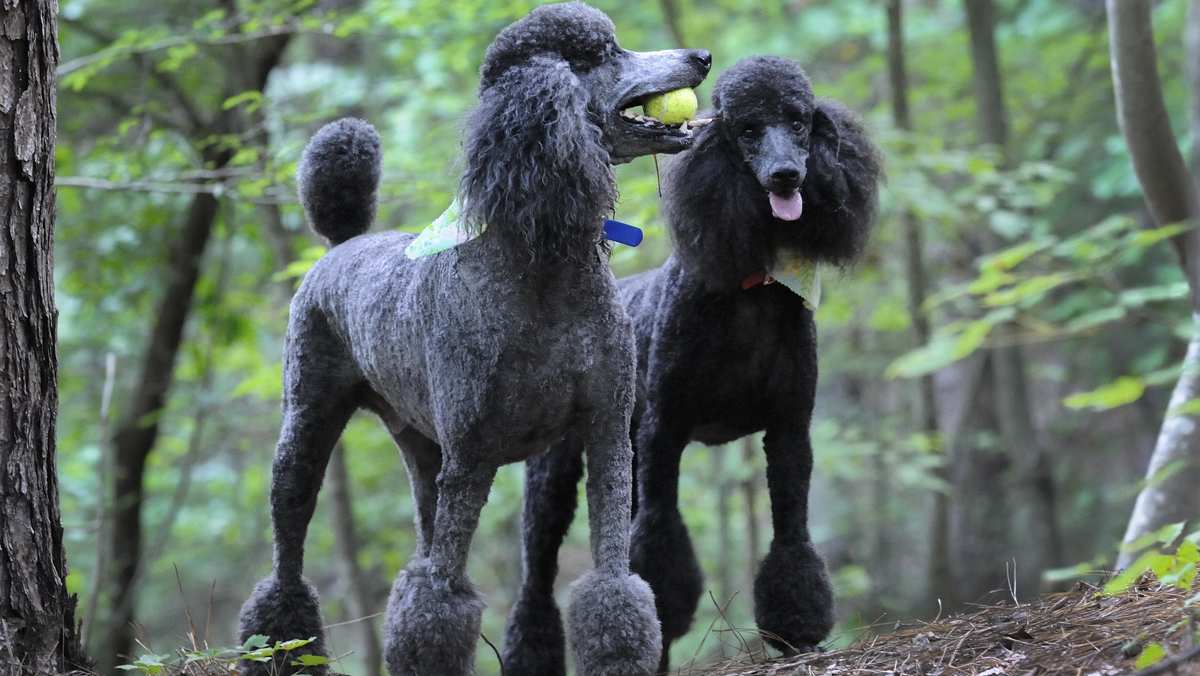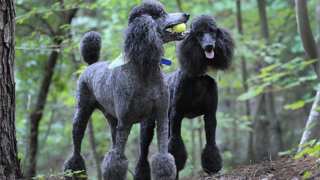Poodle Breed Details
The popularity of the Poodle breed cannot be denied, and even the term itself is popular. If you happen to hear about a "POODLE attack," it's often about a way to exploit Internet browsers. That's not to say that there are not attacks involving Standard Poodles, a child, or even a baby, just that this is not about the poodle attack explained regarding hacking. This is about Poodles that were used for hunting and now are almost found as house pets, lap dogs, and fashion accessories.
Because Poodle dogs are so prevalent, you should know as many facts about these dogs as possible. Despite their history, they are not naturally vicious or dangerous. Like any dog, they can be made mean and have behavior problems because of the way humans treat them.
Below are some interesting facts about Poodles and the good and bad:












